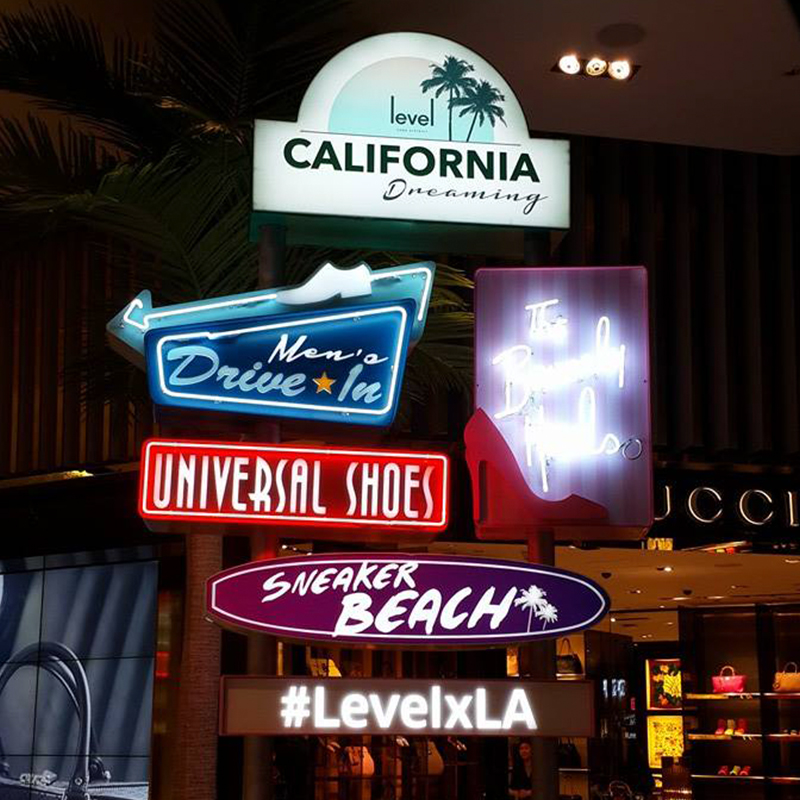In a world inundated with information, effective signage can make all the difference in conveying messages, attracting attention, and guiding individuals. Whether you’re designing a storefront sign, wayfinding signage in a public space, or informational signs in a museum, the art of effective signage lies in its design. Here are some essential tips and tricks from sign board companies in Dubai to create signage that truly communicates and engages.
Clarity is key:
The first rule of effective signage is clarity. A sign’s primary purpose is to convey information quickly and accurately. To achieve this, use legible fonts, appropriate font sizes, and a clear hierarchy of information. Avoid clutter and keep the message concise. Be mindful of color contrast to ensure text stands out against the background. Simplicity in design often leads to better comprehension.
Consider the location:
Where your sign is placed plays a crucial role in its design. Outdoor signage needs to withstand various weather conditions, so choose materials that are durable and fade-resistant. The size of the sign should be proportional to its surroundings and visible from a distance. For indoor signage, think about the lighting conditions and ensure that the sign remains visible under different lighting setups.
Know your target audience:
Understanding your target audience is vital when designing signage. Consider their age, cultural background, and specific needs. Tailor the design to resonate with your audience. For instance, a sign for a children’s playground will have a different look and feel compared to a sign in a corporate office.
Branding consistency:
If the signage is associated with a brand or business, maintain consistency with existing branding elements. This includes using the company’s color palette, logo, and typography. Consistency reinforces brand identity and helps customers recognize your business easily.
Emphasize hierarchy:
Effective signage often relies on a clear hierarchy of information. Use typography and design elements to highlight the most important message. For example, in a store, the sale or discount information should stand out more than the store’s hours of operation.
Visual appeal:
Aesthetics matter in signage design. A visually appealing sign is more likely to catch the eye and leave a positive impression. Experiment with color schemes, graphics, and images that align with the message and setting. Keep in mind that less can be more; sometimes, a simple, elegant design is more effective than an overly elaborate one.

